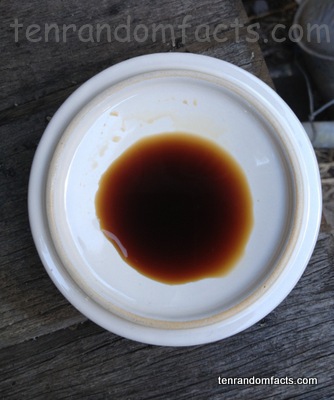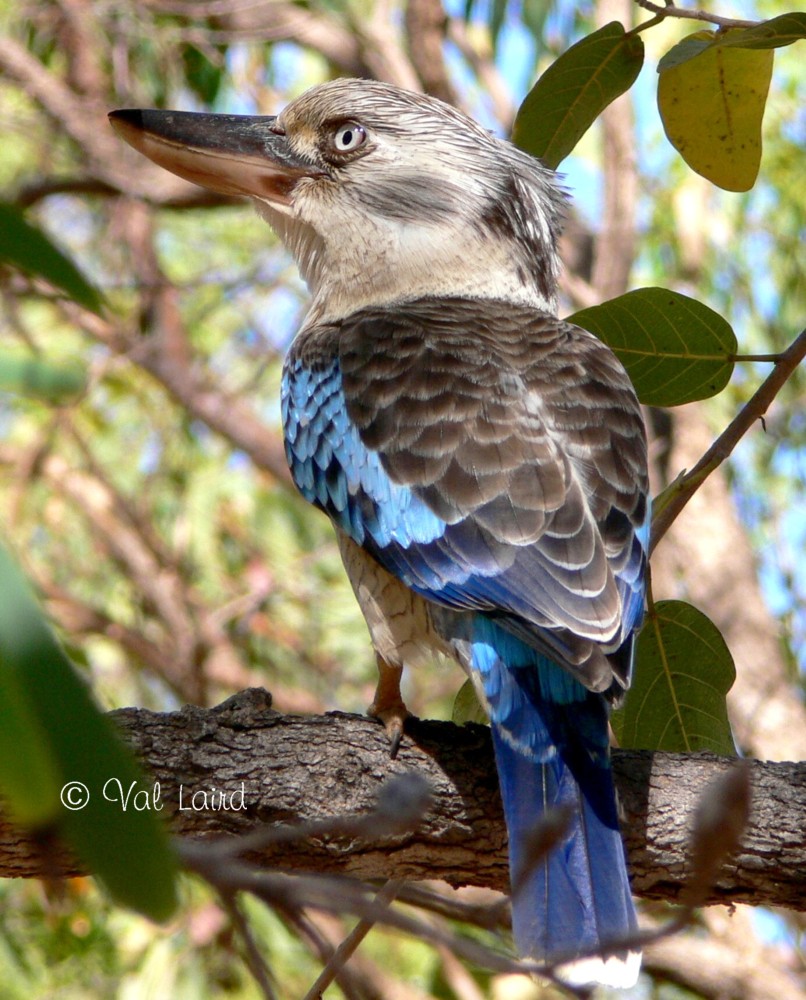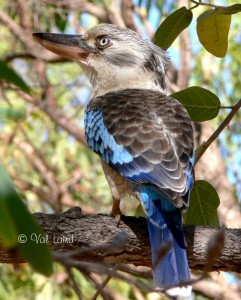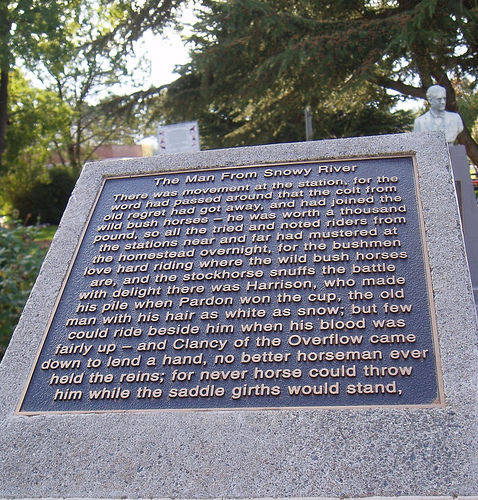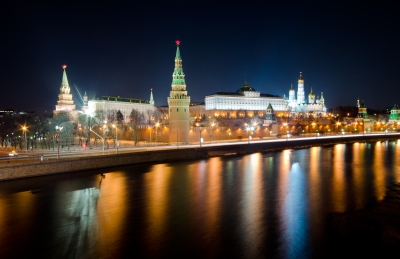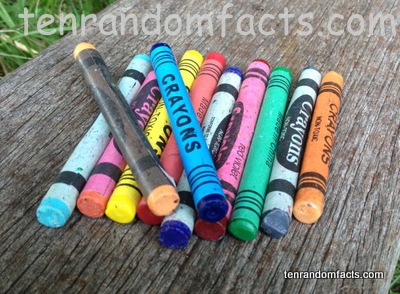
Their actually quite old!
- Crayons are typically coloured sticks of wax used for drawing purposes, although sometimes are made from chalk or charcoal.
- Crayons are also known as wax crayons, and are usually made from petroleum paraffin wax and colour pigment.
- Since crayons aren’t messy, toxic, sharp, expensive and are colourful, they are a common media given to children to use for drawing or colouring pictures.
- Crayons are generally 8.9 cm (3. 5 inches) lengthwise, and often have a paper wrapper wrapped around them to help them break less easily.
- A W Faber Company, which were making crayons in the 1880s, was one of the first companies to produce wax crayons.
- Crayola, the leading brand of crayons in the world, started making crayons in 1903.
- Crayola has made over 133 different coloured crayons, some retired, and many special edition crayons.
- Some early French artists like Francois Clouet (1510-1572) and Nicholas L’angreau (1590-1666) used crayons as their medium.
- There have been over 300 official crayon manufacturing companies, although only a small amount exist now.
- Standard crayon colours are black, brown, blue, red, purple, orange, yellow and green.




